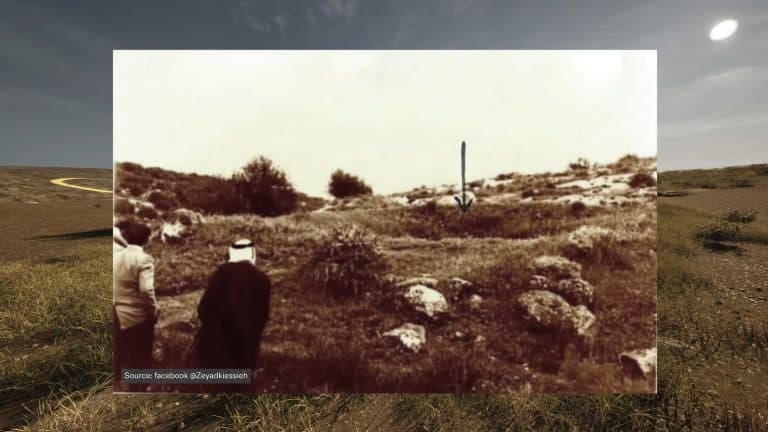Forensic Architecture
By re-thinking the meaning of information, evidence, testimony and artistic practices associated with acts of resistance, artists have moved in unexpected directions.
This post is about political resistance through artistic practice. It is about how artists and others, even in times of the most extreme acts of shattering violence perpetrated by powerful forces and militaries, use their practice to act as witnesses and as activists, often in coalition with lawyers and journalists. Together they insist that things can be different, that we can and must refuse to accept that genocide is permissible, and that repercussions for acts of utter, illegal inhumanity must be accounted for in international courts of justice.
Recently in Life and Fate I wrote about Soviet Russian writer Vasily Grossman’s hybridity as a novelist-journalist. His work transgressed the 1940’s categories of investigative journalism, witness statements, and testimony. His essay Hell of Treblinka 1 was passed from hand to hand during the Nuremberg Trial of Nazis in 1945/6. His document Black Book of Soviet Jewry2 ,a compendium of crimes committed against Jews by Nazis on Soviet Soil co-written with Ilya Ehrenburg, was banned and the printing plates destroyed by Soviet authorities3. Many of his colleagues and collaborators were murdered by Stalin’s regime. His commitment to telling the truth through his art, about the Ukrainian genocidal famine and other Stalinist crimes, came at considerable risk to him and those around him.
Artists have never ceased to work in the footsteps of Grossman using their art as witness, as a testament for those without a voice, those who will never appear in a war-crimes court to face their tormentors. Over recent decades groups of journalists and artists including architects, writers and film-makers, have re-conceptualised their work, extending methodologies in order to speak up for the defenceless and help prosecute perpetrators using all the aesthetic, scientific and forensic tools at their disposal. And I intend to continue to discuss their work and impact by bringing them to your attention here in Clickbait Citizen.
If you haven’t taken out a paid subscription for just 5 Euros per month I would love you to join the Clickbait Citizen project and support the writing and research here. Podcasts, interviews, and discussions will soon augment the project with your help.
All methodologies, military, legal, technological, and cultural, change as the world changes. Yet, voices like Grossman’s remain. Violence and destruction is inflicted by invisible actors from rooms the other side of ten borders, ten time-zones away, having set up their acts of barbarity weeks and months beforehand, enacted by pre-set codes as we sleep. Oblique AI technology dictate the logic of strike lists. Like modern car production, military violence is highly sophisticated, planned, orchestrated, enacted by hundreds of public and private partners, organisations and corporations working in synchronisation. Just like in car production, the moving parts of a military offensive, physical or digital, move across borders multiple times.
Capturing evidence of crimes against humanity is increasingly an act of forensic investigation requiring skilled and interdisciplinary teams to investigate and try to hold perpetrators to account. Capturing the knowledge of these crimes is a question of decoding millions of encoded bits of data across multiple domains. How we recognise knowledge is changing: War-torn landscapes are made as much from digits as from dust.
“In 1984, Mukhtar Hassan Mahmoud Hudaib returned to Al-Dawayima and identified the location of Tur al-Zagh as well as the kiln where the bodies had been buried. By integrating the image of the kiln into a 3D model investigators were able to further narrow down the likely locations of the sites of interest”. Source: Forensic Architecture, 2025
Investigative journalism, bringing facts to light through painstaking research, intuition and boundless curiosity, is still widely depended upon and practiced. But it is now accompanied by investigative digital forensics as concepts such as cause, effect and outcome have all become atomised and dispersed across digital realms. Looking for evidence by examining clues in time and space no longer necessarily lead to a crime-scene hypothesis. For example, one may be handed a pager-device and use it as intended for months. And then it detonates as a bomb, utterly by surprise and with hundreds of other pagers at the same instant across a whole city. Perpetrators, having been both real and digital, leave few traditional traces of evidence across time and borders.
This re-thinking of the meaning of information, evidence and testimony, and artistic practices associated with acts of resistance, have led artists to ‘back-track’, to revisit their theoretical assumptions, in the search for answers. This led them in an unexpected direction - to etymology. They concluded that it was necessary to look afresh at the word aesthetics.
Keep reading with a 7-day free trial
Subscribe to Clickbait Citizen to keep reading this post and get 7 days of free access to the full post archives.


